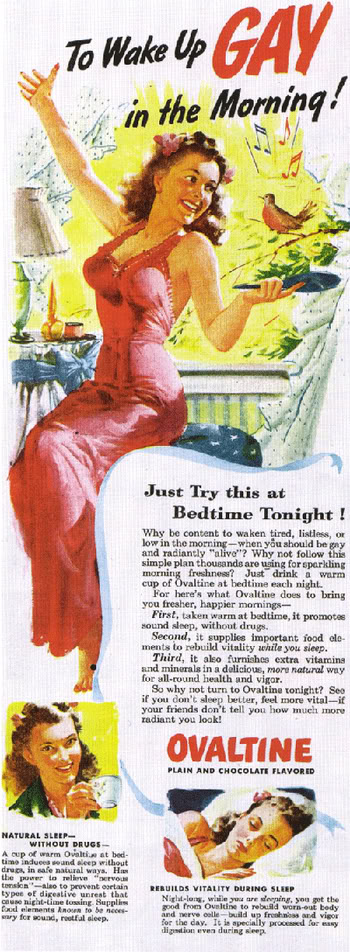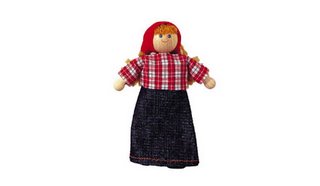Then:
Then:

Now:
Thanks to Jason for sending along the first “then”!
The first time I saw this, I was suspicious that it might be a hoax. But it turns out it’s real (at least Snopes says so).
It seems the food-and-sex-themed images just won’t stop coming! In these astroglide ads, women (and men?) are nothing but a slick, tasty slit and hole (found here):
And Andrew sent these Puma ads (found here) (look closely):
NEW (Feb. ’10)! Софи А. sent along a similar ad campaign:
Also in sexualized food: mustard and ketchup are sexy, do you desire white meat?, hot dog!, and a whole slew of examples.
Here’s a strange Australian ad for U, a feminine hygiene product. It shows women hanging out with beavers…the animal type, of course. Men look on approvingly, so I guess the message is if you take appropriate care of your girly bits, men will like you.
Here’s the website.
Might be good for a discussion of hygiene and women’s bodies or the history of feminine hygiene products and the way we think about menstruation.
Thanks, Patrick C.!
In response to Condoleeza Rice’s comments that contemporary racial relations reflect an American “birth defect,” Lou Dobbs offered a dismissive monologue in which he tried to deny that there is really any problem to talk about. In a truly beautiful moment of irony, he accidentally lets slip a good part of the slur “cotton-pickin’” in reference to Black leaders.
[youtube]http://www.youtube.com/watch?v=0Y0W19-N3Ik[/youtube]
* Title stole from Jessica’s post over at feministing.
Also awesomely ironic: Dr. Watson is more black than most.
This is a tough one, but there is something about this image advertising the Metropolitan Museum of Art that just screams privilege. Is it the perfect blonde hair? The perfect white teeth? The neat upper-class masculinity? The turtleneck? I can’t quite put my finger on it!
Thanks Jason!
These images came to us from Dianne who saw this on BoingBoing and dug deeper to find all these great examples!
Illustrating the way in which whiteness is taken-for-granted and others are always, well, other, Plan Toys sells these doll sets labelled “Ethnic Family,” “AsianFamily,” and, “Doll Family.”
They also sell a “farmer” and a “farmer’s wife.” Dianne notes: “Women don’t farm, apparently, they just marry men who do.”


They also sell this generic “Native American set” of which they write:
“Children can create imaginary stories with the Indian figures, camp, teepee and authentic accessories. They can learn about the traditional American tribe and their lifestye.”
Notice how American Indian tribal difference is erased with the phrase “the traditional American tribe.” Diane pointed out that the set actually combines teepees and totem poles which were traditions of tribes in the plains and on the west coast respectively.
In the “How to Play” section, it says:
“Children can imagine and tell stories about Red Indians, helping to stimulate their imagination and expanding their horizon.”
Yes they really do say “Red Indians.”
Diane notices that, just like the doll family is obviously white, “here again, apparently the default child is white, who can ‘imagine… stories about Red Indians.'”
Ironically, the company claims that they are “socially & environmentally responsible” and promote “good values.”
Thanks so much Diane!
NEW: Kirsten D. sent us this link to a series of Playmobil toys. All of the non-white characters are given racial designations, but the white characters are not. I included some examples below.
African/African American Family:
Asian family:
Grandparents:
Medical Team and Patients:
Prince and Princess:
Also in the neutral and the marked: men are people and women are women and from pale to pumped with racial stereotypes.
This famous Life Magazine cover from 1971 trumpeted the feminist movement:
Six years later, in 1977, Time Magazine reminded us that gender difference (and inequality?) was genetic and, thus, out of our control:
And don’t miss the famous 1978 Hustler cover that appeared the very next year!